Day 23 (May 5, 2017)
Ōita City → Saganoseki, Ōita → Hōyo Strait → Misaki, Ehime
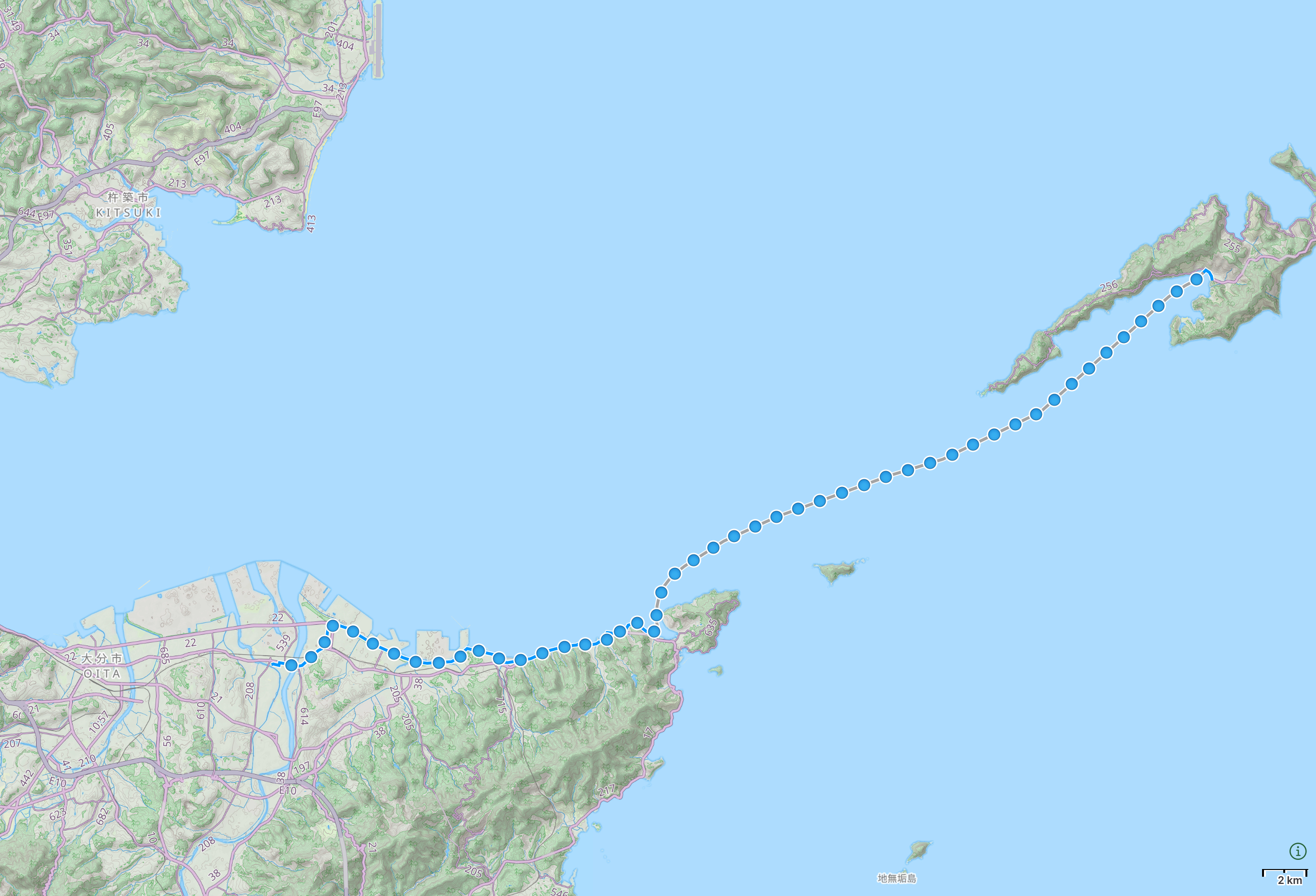
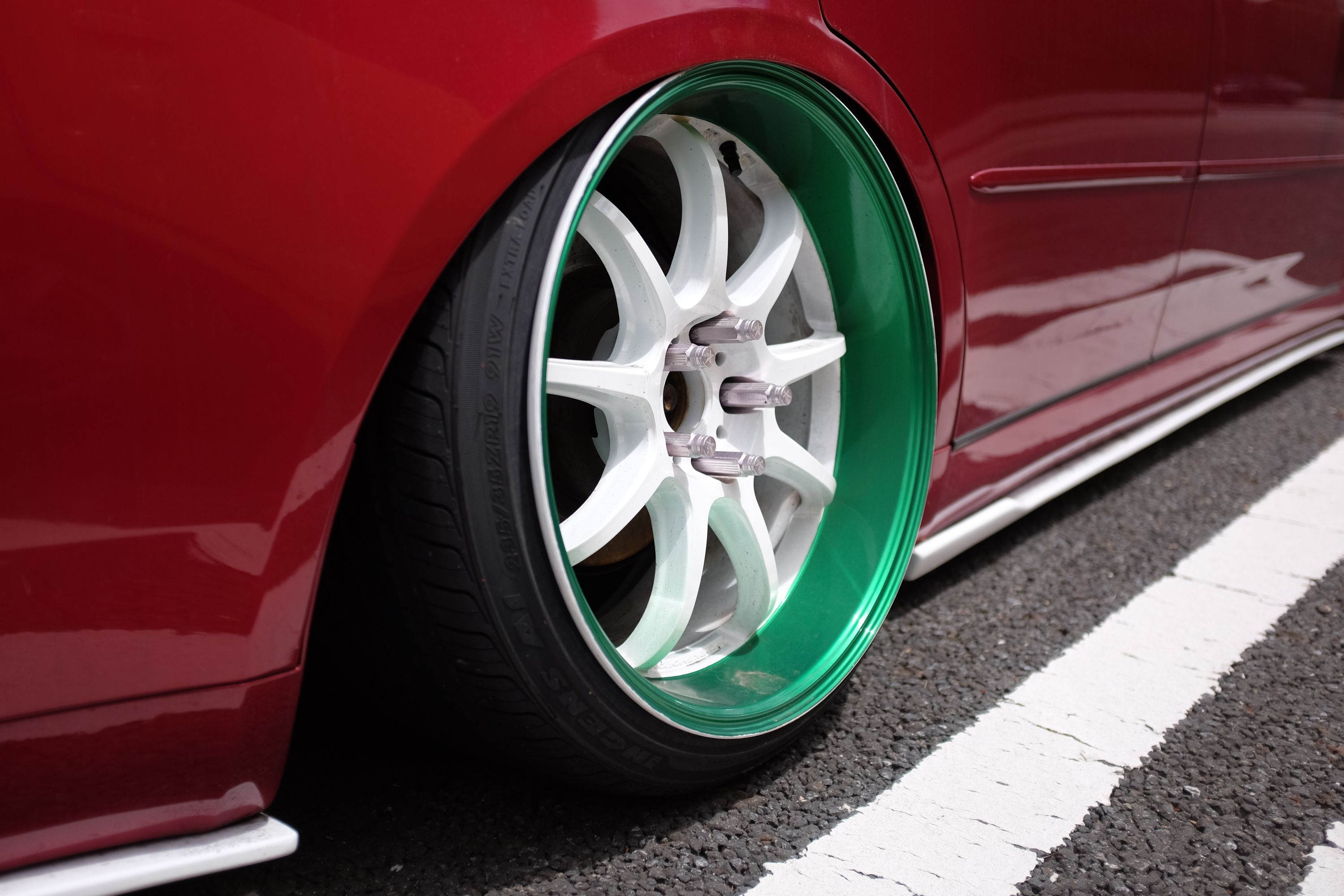
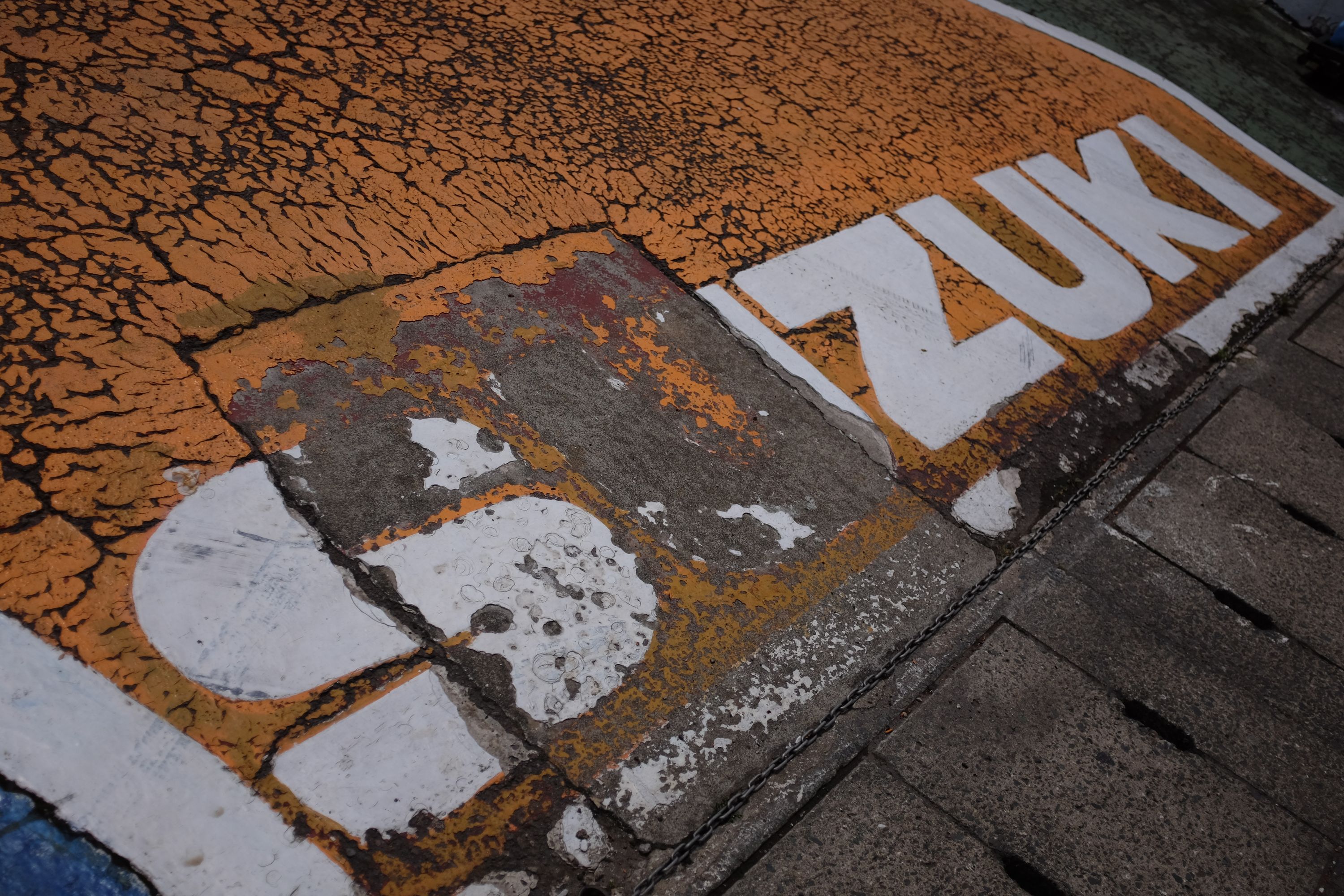
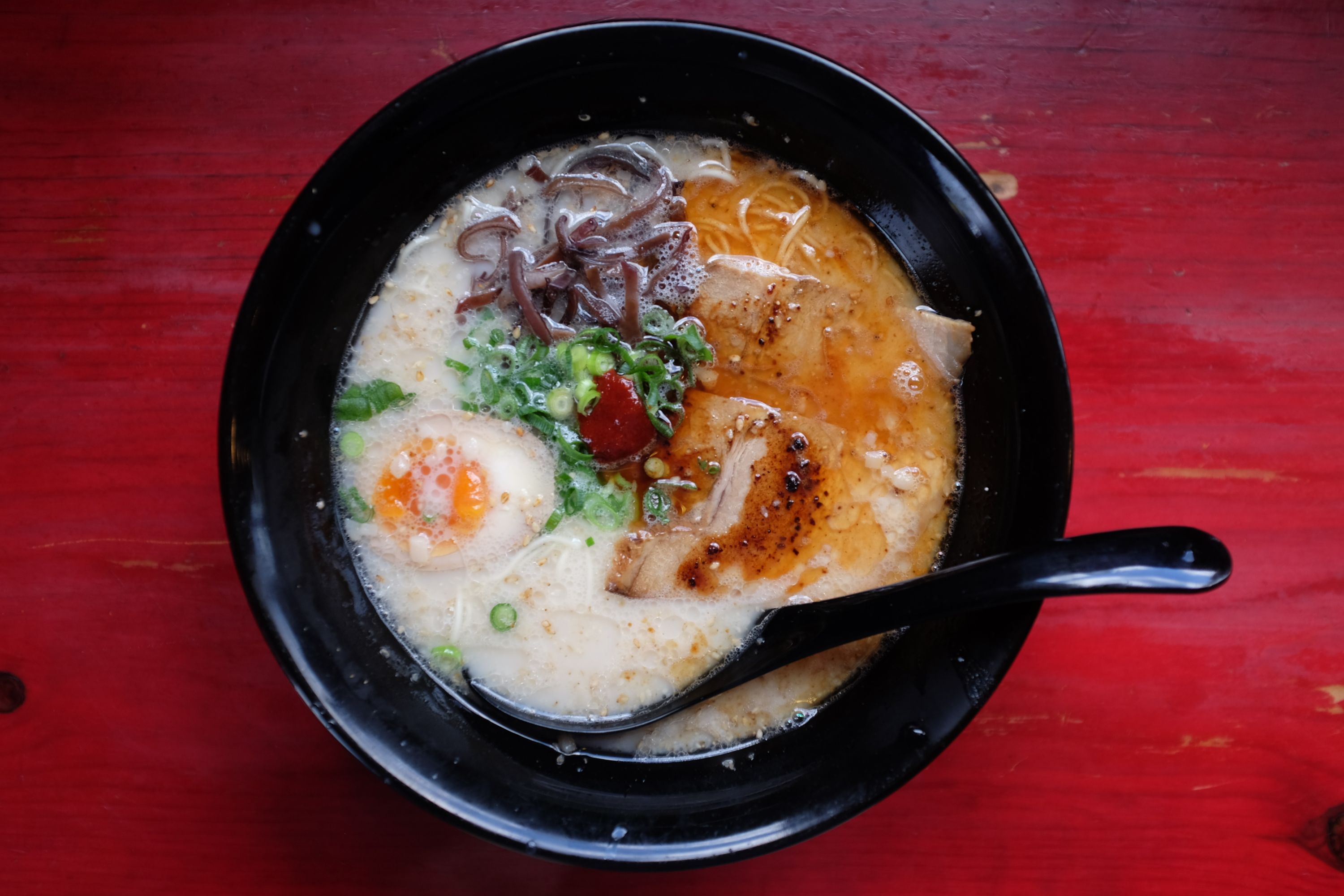
A food as rich as tonkotsu ramen, a sweet and salty plasma of bone marrow and fat, can only exist on these warm and fertile plains. It is a world apart from the sparse and crisp mountain fare of roots, mushrooms and trout—or crackers, cup noodles, and canned fish. One could walk to the end of the world on a bowl. The air was sweet and salty, girls in summer dresses rode bicycles in the subtropical sun, and I followed them to the end of Kyushu.
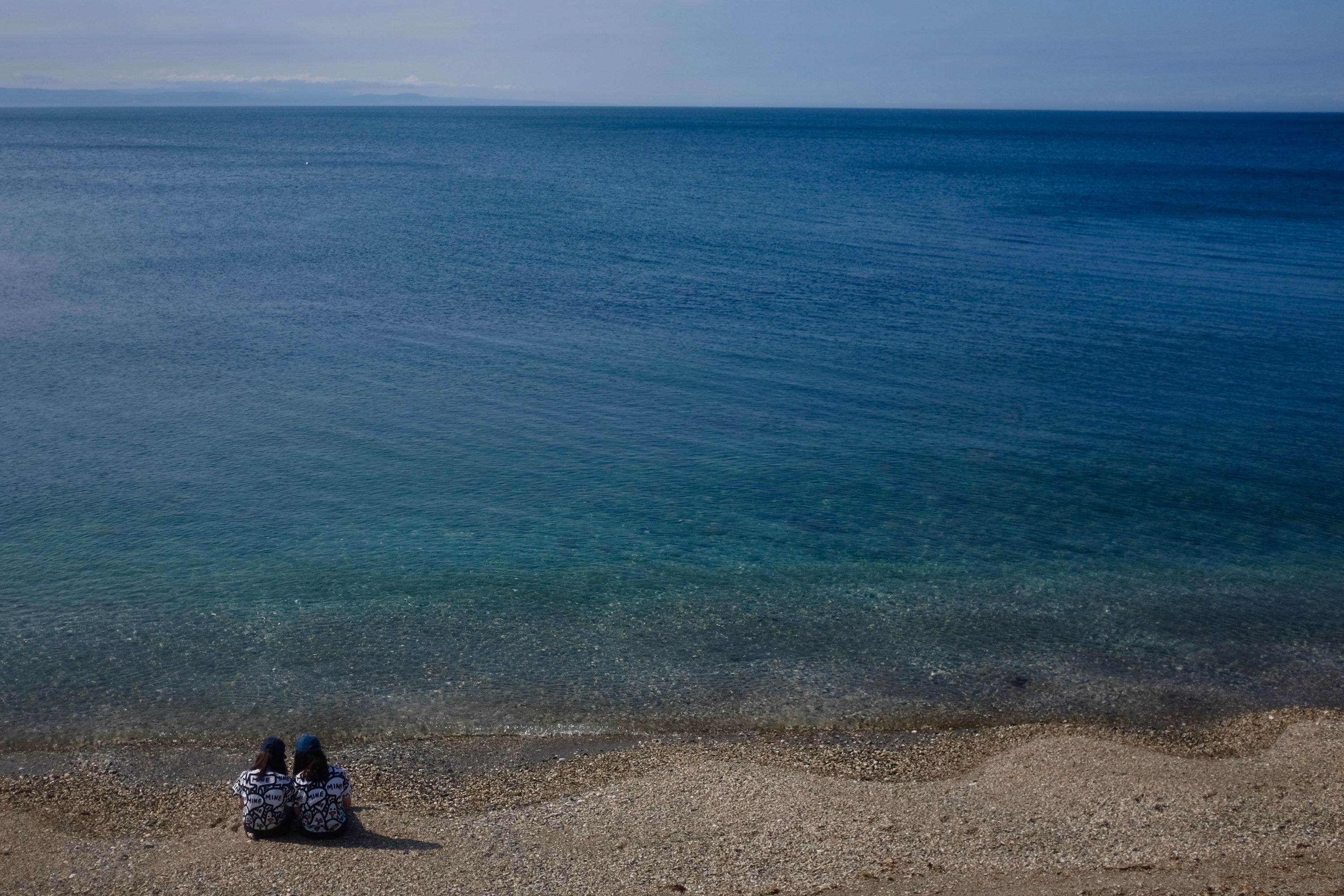
Two weeks after I had last glimpsed the Pacific across damp fields, I turned a corner and saw the sea again, and I ran out of Kyushu. It had taken less time than a package holiday to Japan, and I had seen nothing, but I still felt like I was about to leave home, a magical island of volcanoes, snakes, kind people, sweet-smelling sawmills, capricious weather, trees like gods, the night sky the eyes of deer in the woods, and I dreamed of living here on oranges and sunshine, like a Californian. Across the Hōyo Strait, I could see the hills of Shikoku.
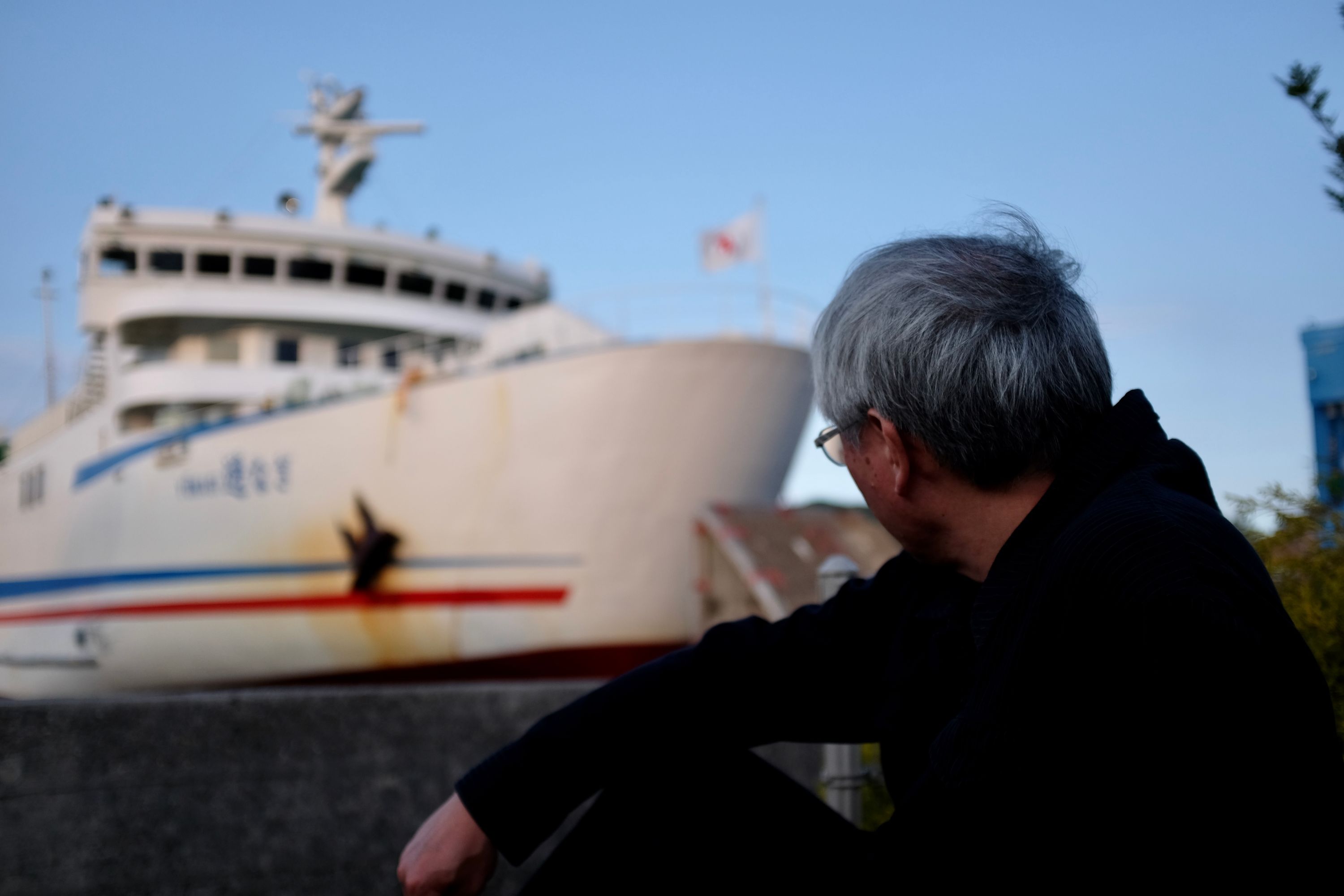
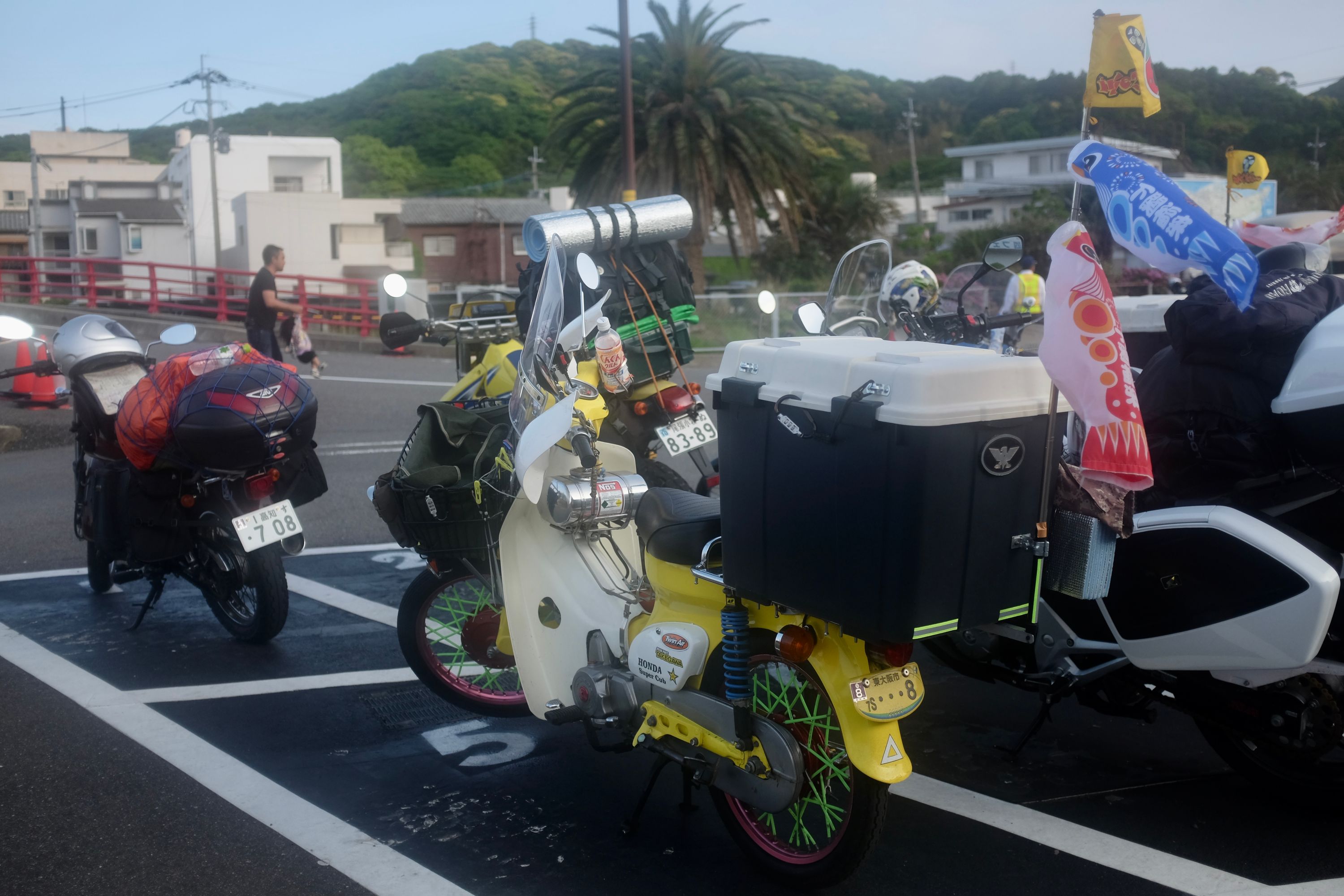
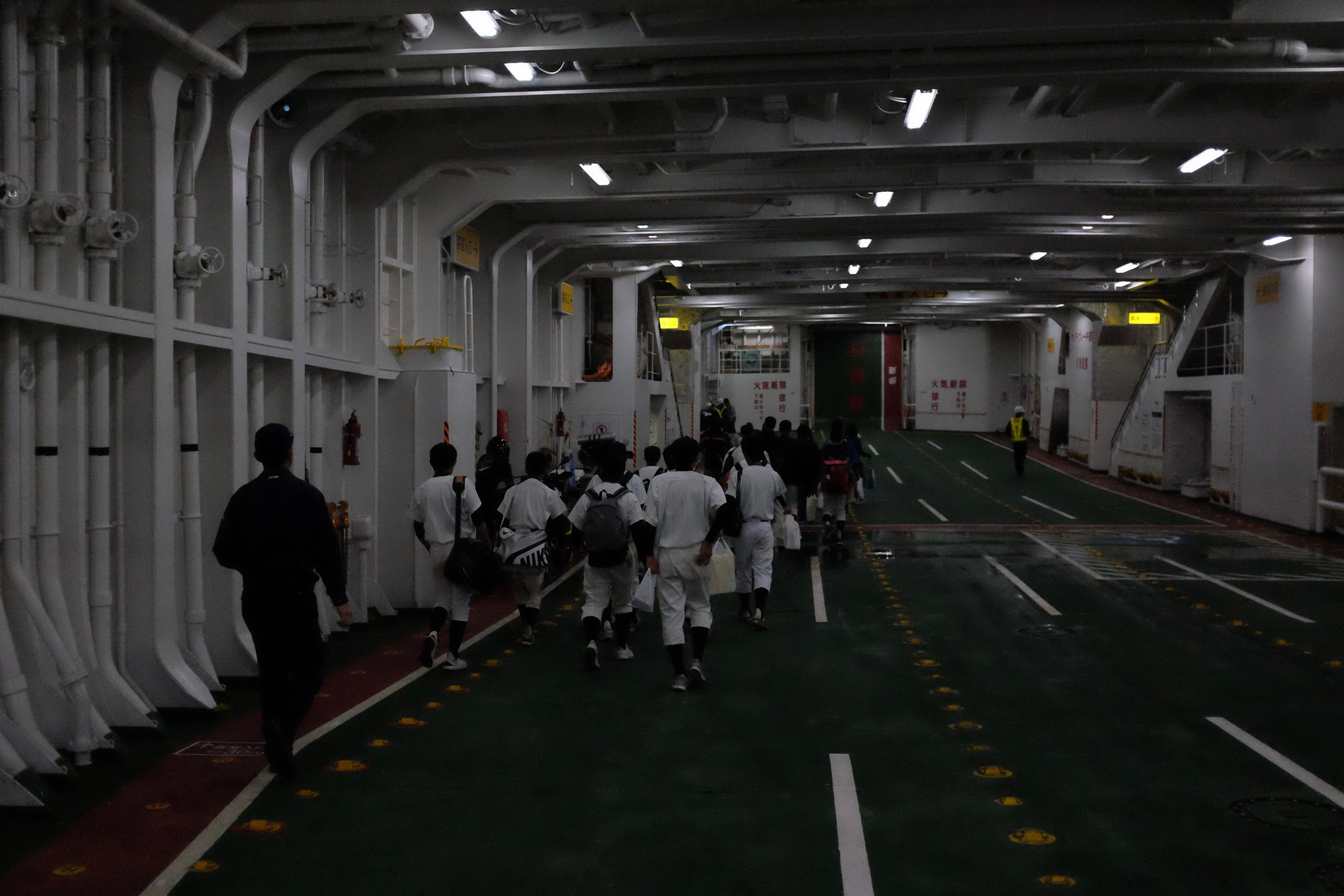
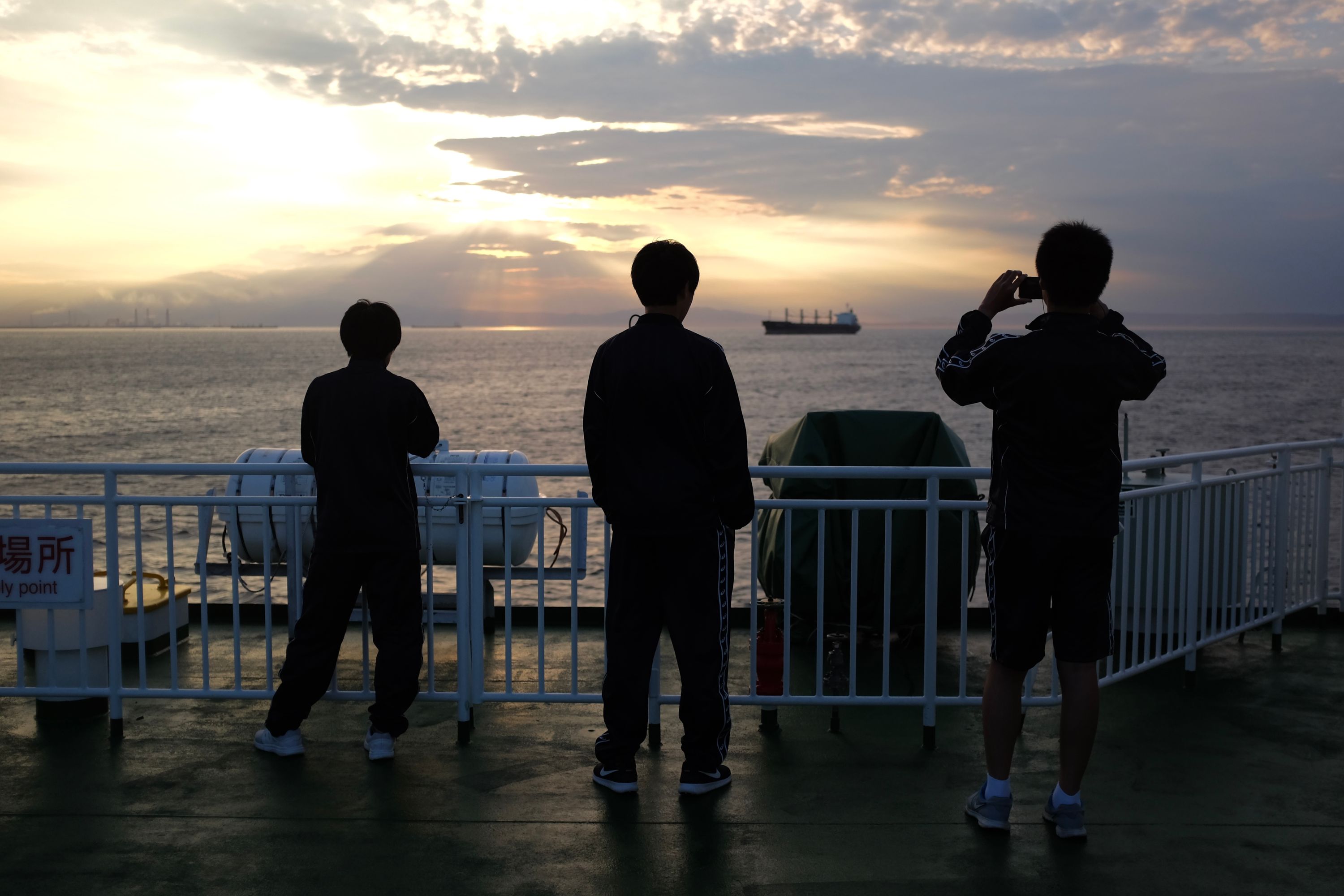
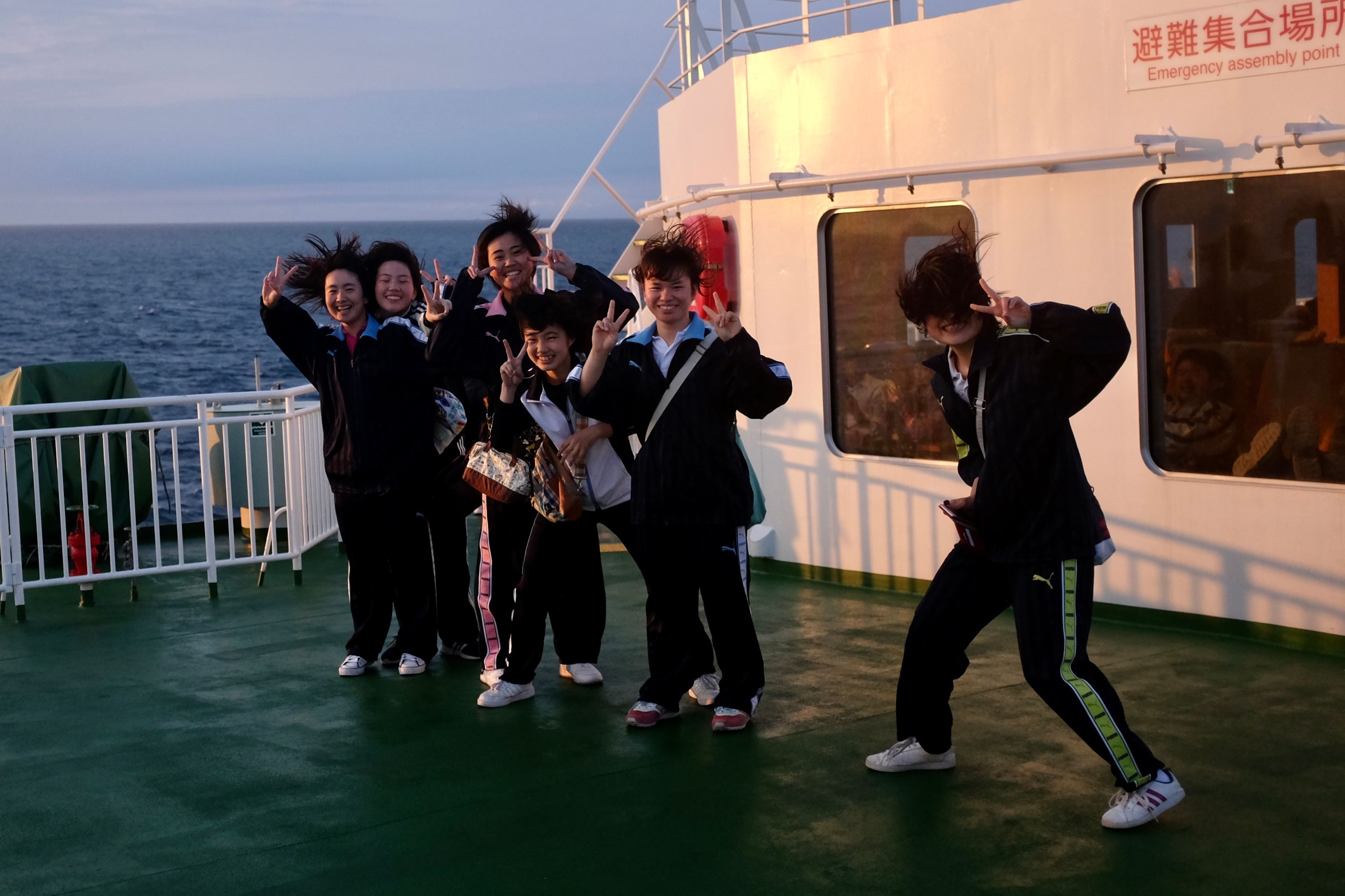
The Inland Sea glowed like a golden fleece as the Yūnagi chugged across the Hōyo Strait, the narrow gap between Kyushu and Shikoku. It was the end of the holiday week, and I shared the boat with a hundred schoolchildren, raucous and manic in the fierce wind. We slurped cup noodles in unison, the dark spine of the Sadamisaki Peninsula growing on the horizon, then darkness fell and I walked off the boat, my walking stick clanging on the ramp.
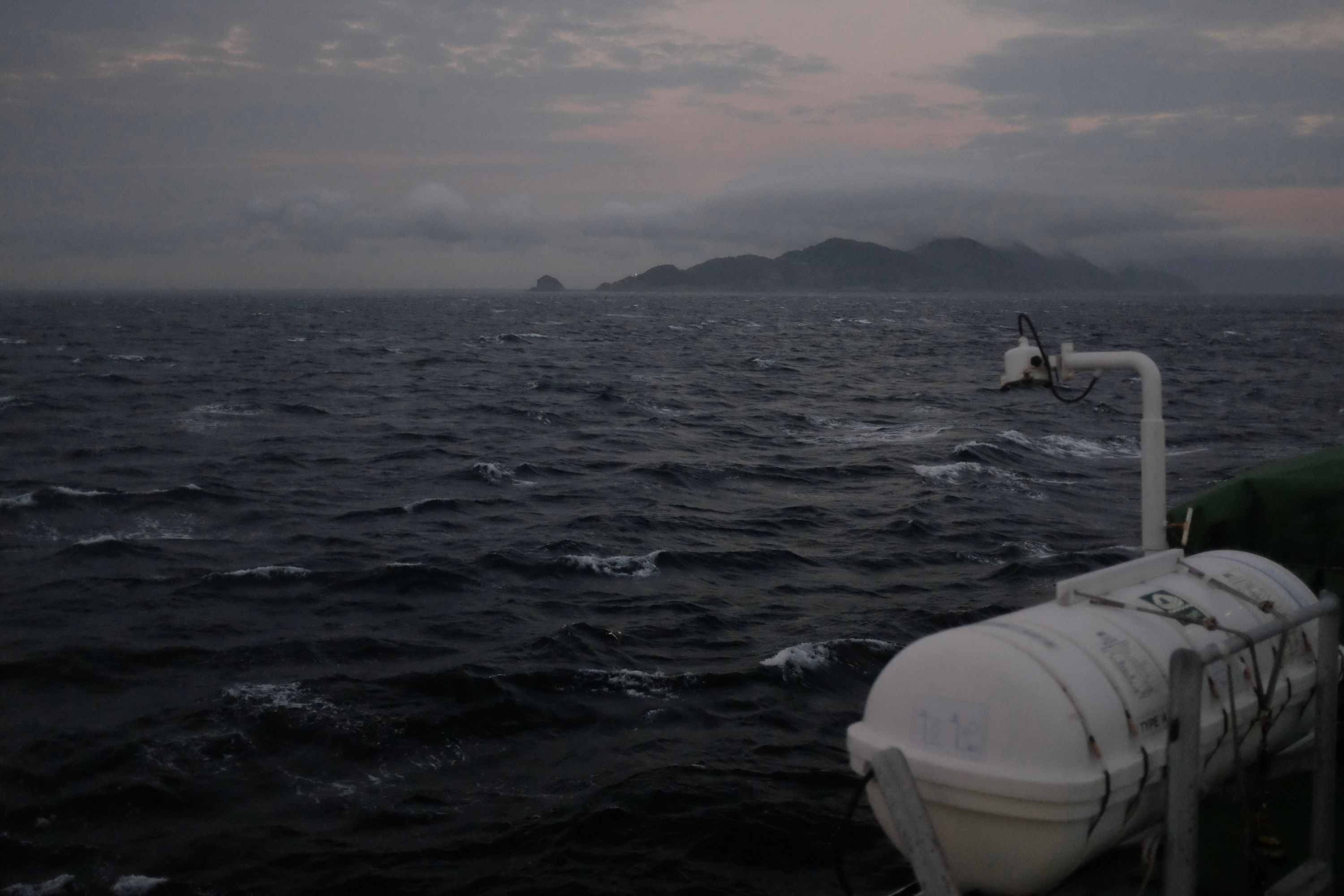
This was the second of seven days when I didn’t walk every step of the way. For reasons explained elsewhere, I wanted to walk across Shikoku instead of Chūgoku (Western Honshu), and while it is possible to walk from Kyushu to Western Shikoku via the Kanmon Pedestrian Tunnel or the Shimanami Kaidō, I found taking the ferry across the Hōyo Strait much more in keeping with the overall aesthetics of my journey.↩︎

